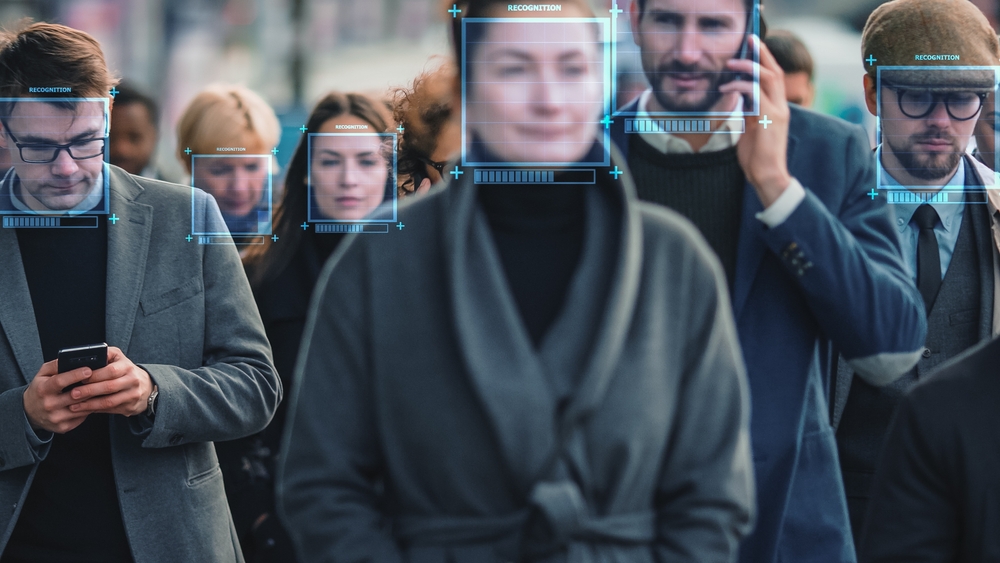
In a world where our every move seems to be tracked, analyzed and categorized, few things remain private. But what if even our basic features, like our faces, revealed details about who we are and what we believe?
Pioneering news Stady It shows that artificial intelligence (AI) may be able to do just that, predicting a person’s political orientation by analyzing nothing more than a blank photo of them.
The aim of the research, which was published in the American Psychologist, was to investigate whether there was a relationship between facial structure and a person’s political beliefs.
What artificial intelligence learns from humans
To do this, the researchers gathered a group of participants and took carefully standardized photos of their faces, while controlling for factors such as lighting, head orientation, and facial expressions.
They also asked participants to fill out detailed questionnaires about their political views, ranging from liberal to conservative.
There are actually clues in the structure of our faces that can “reveal” our political leanings, even when we are not expressing any emotions.
The researchers then fed these expressionless facial images to a sophisticated artificial intelligence algorithm. In this case, the algorithm had to find any correlations between subtle differences in people’s faces and their political leanings.
It is striking that artificial intelligence was able to predict political trends with a high degree of accuracy, even after taking factors such as age, gender, and ethnicity into account.
In fact, the algorithm’s predictions were just as reliable as those made by human raters who were shown the same facial images.
This suggests that there are indeed signals in our facial structure that can ‘reveal’ our political leanings, even when we are not expressing any emotion.
What exactly is the algorithm “reading”?
The researchers found that the ‘key’ appears to lie in the size and shape of certain facial features, especially the lower part of the face.
For example, conservatives tended to have slightly wider jaws and a larger chin compared to liberals. These differences were not easily distinguishable by the human eye, but artificial intelligence was able to detect them.
But these new findings raise profound questions about privacy, consent, and the use of biometric data.
Researchers say stricter regulations on the collection and use of facial images are needed, especially by companies and governments.
But it is equally important to raise public awareness of these issues, so that we can collectively decide what uses of technology are acceptable, what crosses the line, and how we can leverage each achievement for the greater good.
source: Vita

“Avid problem solver. Extreme social media junkie. Beer buff. Coffee guru. Internet geek. Travel ninja.”





More Stories
In Greece Porsche 911 50th Anniversary – How much does it cost?
PS Plus: With a free Harry Potter game, the new season begins on the service
Sony set to unveil PS5 Pro before holiday season – Playstation